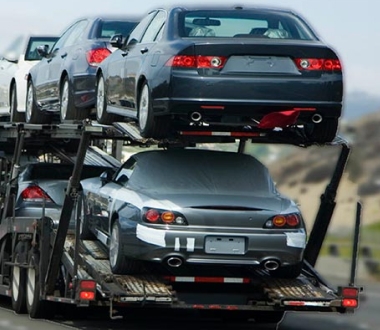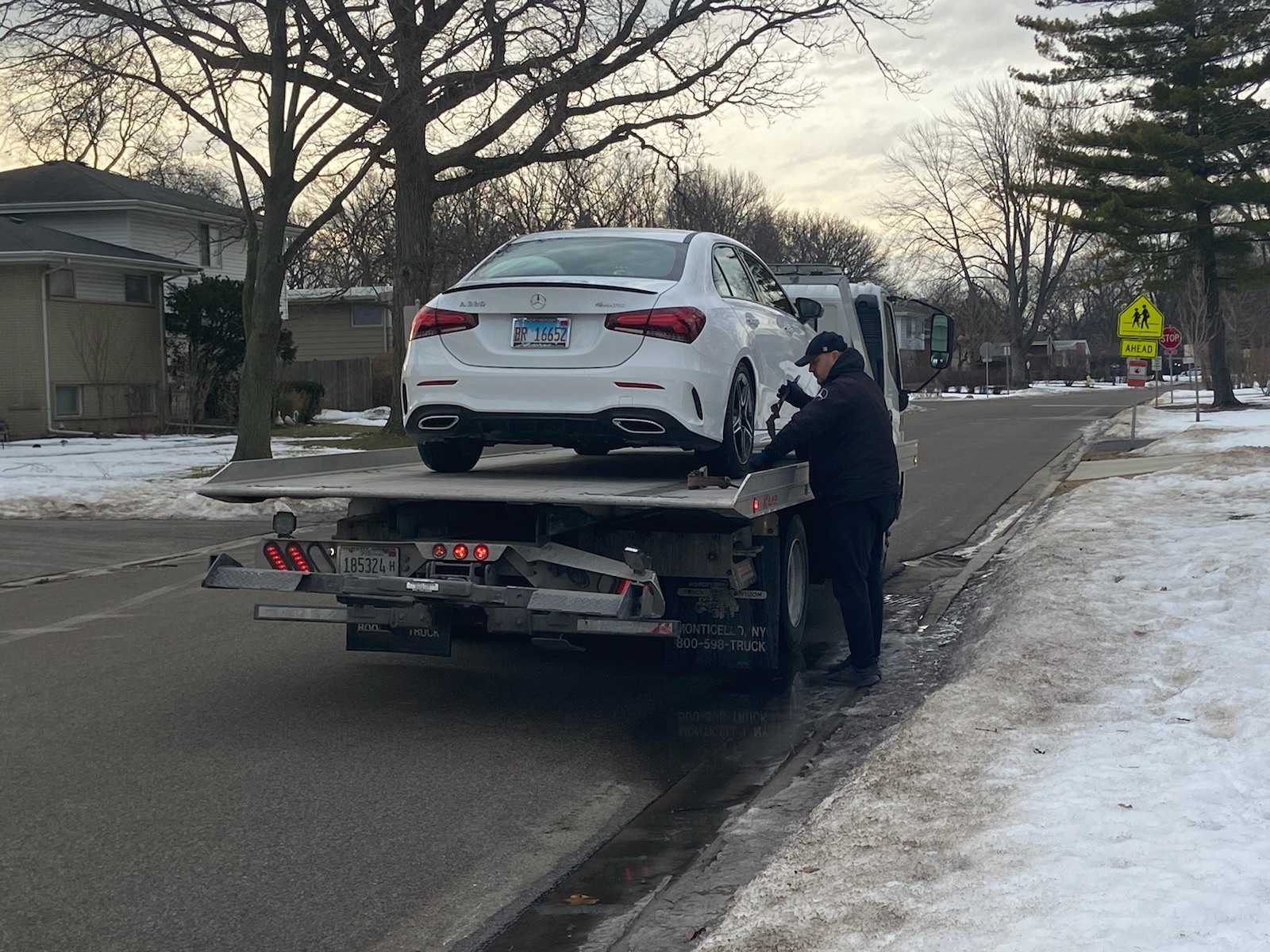Just when you thought you have everything ready for your long-distance move... what about the car!?
How are you supposed to get your car to the other side of the country? Before you start panicking, there are several options to get your car to your new home with you. You can load it on a trailer or even put it on a train and send it on its way.
We've put together this guide to help you narrow down your choices and learn how to transport a car by train. Make sure you keep reading below for some helpful tips!
Train vs Trailer: What's the Best Car Shipping Option?
There is no right or wrong answer to this question. It simply depends on where you're going, when you need to get there, and what your budget looks like. When shipping a car across the country, make sure you consider all of the following factors.
Price
Car transportation by train will almost always be cheaper than hauling it on an open trailer. You may be able to save several hundred dollars by choosing to load your car on a train instead of a truck. Because of this, using a train is an attractive option for people with tight budgets.
However, the higher cost of shipping a car doesn't mean it's the right option for you.
There are many affordable car hauler companies out there, and you can use our cost calculator tool to find one in your area. The higher price of trailers is, for many people, worth it because of the added features this car transportation gives you.
Security
If you're worried about your car getting damaged during the trip, trains give your vehicle more protection.
Since the train stays on one track as it travels, you don't have to worry about your car getting dented or smashed in a crash. There's also a lower chance of debris flying up and hitting your car at high speeds. The train will simply drive from point A to point B with a low risk of any problems.
Of course, if you need to ship your car by trailer, you can always choose to send it in an enclosed truck, which will keep your vehicle out of the harmful sun and away from potential harm on the road.
Environmental Impact
Riding a train is one of the most environmentally friendly ways to travel. If you're worried about your carbon footprint and want to make the smallest impact on the environment possible, you should keep your car out of the trailer and put it on a train. This will give you a way to transport your car to your new location without feeling guilty.
Storage
Do you want to pack your car full of belongings during the shipping process to save space on the moving truck?
That's out of the question if you want to ship your vehicle by trailer. For this option, you'll need to remove all personal items from inside the car (including the trunk) before you load it onto the truck, which can waste valuable storage space.
Trains, on the other hand, allow you to fill your car with whatever you want during the trip. However, you might want to keep anything valuable somewhere else. Although shipping by train is secure, you don't want to run the risk of attracting thieves.
Speed
One of the major drawbacks of shipping a car across the country by train is the speed.
For example, you can't simply drive your car to a train station and have it shipped that same day. Many train companies wait for more of their open spots to fill up before loading a batch of cars, so you may find yourself waiting days or even weeks before your car is ready to go.
The train will then stop at specific stations along the route. Even a few stops can slow down your journey by several days. Trailers can drive from the pick-up location to the drop-off spot without stopping, which makes the entire process much faster.
Convenience
Ask yourself how you plan to get to your final destination. Will you fly on a plane? Do you plan to take the train?
If so, you can ride the same train as your car. When you arrive at your final stop, you can wait for the station to unload your car, hop in, and drive it to your new home. This can be convenient for people who don't want to live in a city without a car for a few days.
You have your car ready as soon as you arrive.
But taking the train can be a long and exhausting trip, especially if you have young children with you. Flying is faster and often easier for many families.
If you fly to your new city, you'll then have to drive to the train station to pick up your car when it gets there. Depending on where you live, this can be far out of your way.
Trailers can deliver your car right to your front door. This is an easy, stress-free option for people who don't have a way to get to the train station or just don't have the time.
How to Transport a Car by Train
Does shipping your car by train meet your needs better than using a trailer?
Then it's time to book your train ticket. The process doesn't take a lot of work, but there are a few steps you need to complete. Start by following the tips below.
Find a Train That Will Ship Your Car
A quick Google search should give you several car transportation options by train near you. Don't settle on the first one you find, though. Spend some time doing your research, ensuring the train company has the proper licensing and insurance, and comparing prices.
Cheaper doesn't always mean better. It's worth spending extra money on a more expensive service so you feel secure about your car's safety than risking damage with an inexpensive option.
Buy a Ticket
Once you find a train operating company you like, go ahead and buy a ticket. It's a good idea to do this in advance so you don't miss your travel date. This will also give you more time to prepare for delays if the train is scheduled to leave a day or two later than you would like.
Give Your Car a Quick Examination
Always make sure your battery is fully charged before putting it on a train. Otherwise, the battery might run out during the trip, which will make getting your car back off the train a challenge. Even after the station gets it off, you'll be forced to call roadside assistance so you can drive it to your home.
You should also examine your car and take pictures of both the inside and the outside. This will give you an account of the condition of the car before shipping. If your car shows up with scratches and damages that weren't there before, you'll have proof to show the train company.
This will ensure you get the right compensation for necessary repairs.
Load up Your Car
If you plan to ship your car with some of your belongings inside, put everything inside and ensure it is secure. Don't leave loose items in the vehicle that will move around during the trip as they can damage other items or even your car.
Remember, you shouldn't leave anything valuable your important in your car during the shipment. Things like important paperwork, medical information, or sensitive information should stay with you during your travels.
Drive Your Car to the Station
On the day of departure, drive your car to the train station.
You should have all the information you need to get your car in the right place (you'll get this after buying a ticket). However, if there is any confusion, you can always head inside and talk to one of the station staff in person. They will then be able to give you further directions about where to take your car and what to do next.
From there, the station will load your car onto the train.
Drive to Your Final Destination
Once your car is loaded and ready to go, all you have to do is wait for it to arrive at the final destination. When it does get there, wait for the station to unload it from the train (this can take a while if there are a lot of other cars on the train as well). Then grab your keys and drive your car away.
Is Shipping Your Car by Train the Most Effective Choice?
Not necessarily. For many people, shipping their car by trailer is a more convenient option for them, but it depends on your personal circumstances.
Do you want to learn more about how to transport a car by trailer?
Don't hesitate to get in touch with our team at Nexus! We can take a look at your shipment needs and help you find the best hauler for your vehicle.



